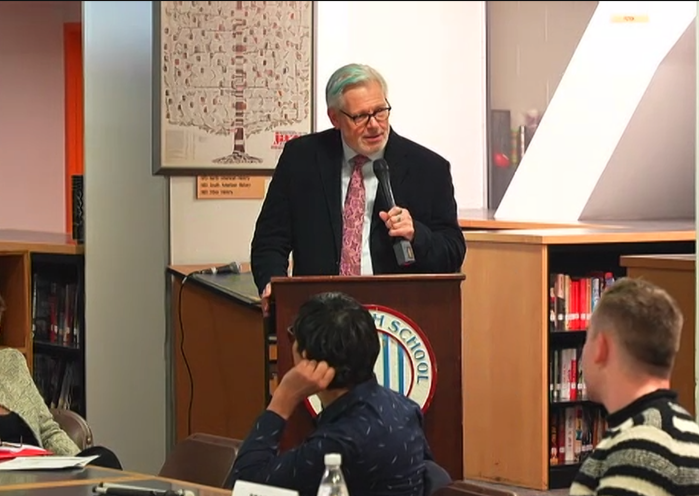The Court of Appeal for Ontario ruled that the protections afforded a lesbian and the gay man she selected to be her sperm donor under the Canadian Charter of Rights and Freedoms were not violated by government regulations that bar men who have had sex with other men from playing such a role unless their sperm is put through a special six-month screening process.
By: ARTHUR S. LEONARD | The Court of Appeal for Ontario ruled that the protections afforded a lesbian and the gay man she selected to be her sperm donor under the Canadian Charter of Rights and Freedoms were not violated by government regulations that bar men who have had sex with other men from playing such a role unless their sperm is put through a special six-month screening process.
The decision was handed down on January 12.
The “Susan Doe” plaintiff argued, unsuccessfully, that she was being discriminated against because a heterosexual woman who sought to be inseminated at a public clinic with sperm from her husband or boyfriend would not be subject to the sperm donation regulations.
The rules in question require that all donated sperm used in public clinics be subjected to a medical screening process, unless the donor is the husband or sexual partner of the recipient. The regulations also presumptively reject sperm donations from men who have sex with other men or from men aged 40 or older. Exceptions are made if such donors agree to have their sperm tested for sexually-transmitted diseases, then frozen and stored for six months, and then tested again before it can be used.
These regulations do not apply when the insemination is performed privately.
The plaintiff in this case and her lesbian partner each wanted to have children who would be related to each other by having the same biological father, and they found a gay man willing to be their sperm donor. The first member of the couple was successfully inseminated at home, but the home process did not work for the second partner and she sought the assistance of the fertility clinic. Her donor balked at having to submit to his sperm being stored for six months at the facility before it could be retested and used. He explained that he feared an error might be made and his sperm used to inseminate some other woman.
The plaintiff, supported in her suit by the Foundation for Equal Families and EGALE Canada, Inc., the national gay rights advocacy group, claimed that subjecting her donor to this process wrongly denied her the freedom to select her sperm donor on the same basis as a heterosexual woman, and the donor claimed that his rights were violated by the imposition of a special procedure on gay men who sought to donate sperm.
Superior Court Justice Michael Dambrot rejected their claims on January 19 of last year, in reasoning that was largely adopted-and quoted extensively–by the Court of Appeal for Ontario. Dambrot determined that the purpose of the sperm regulation was to protect the health of the mother and the potential offspring, and that it was rationally based on medical facts.
For one thing, he reasoned, the exemption of husbands and sexual partners from the medical screening was justified because the woman would already have been exposed to any STDs they might be carrying.
As for the burdensome screening process, the court pointed out that, as a statistical matter, men who have sex with other men present a higher risk of being infected with HIV or hepatitis, and the requirement of six-month retesting before use of the sperm was a precaution dictated by the science. The regulations were not found to have intentionally imposed any stigma, and the court also determined that because there was not an absolute ban on gay men being sperm donors, the government's scheme did not prevent the plaintiff from using the donor of her choice unless he turns out to be infected.
The proposed sperm donor in this case is also over 40, so he would have been subjected to the special testing requirements regardless of his sexual orientation.

































